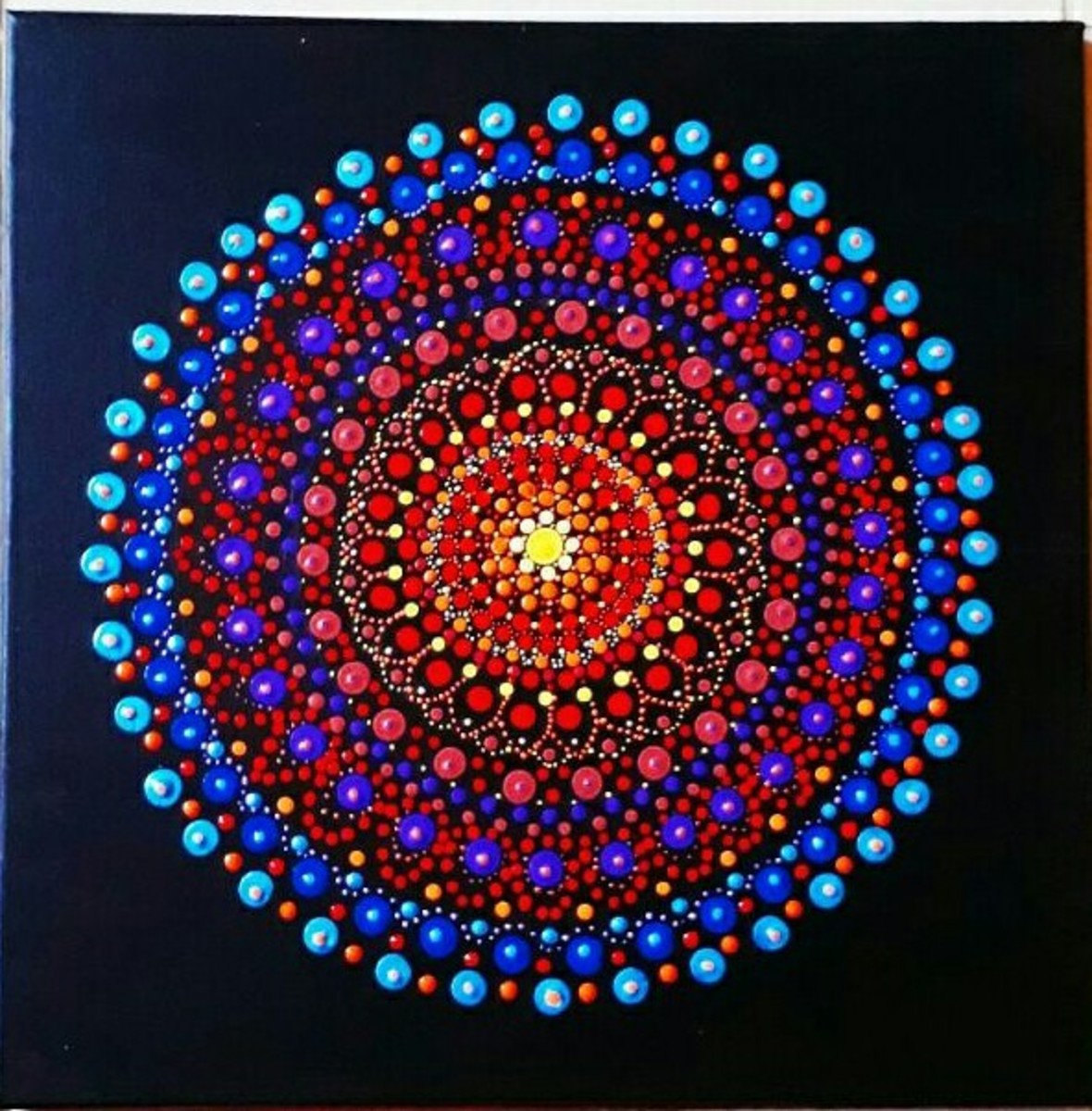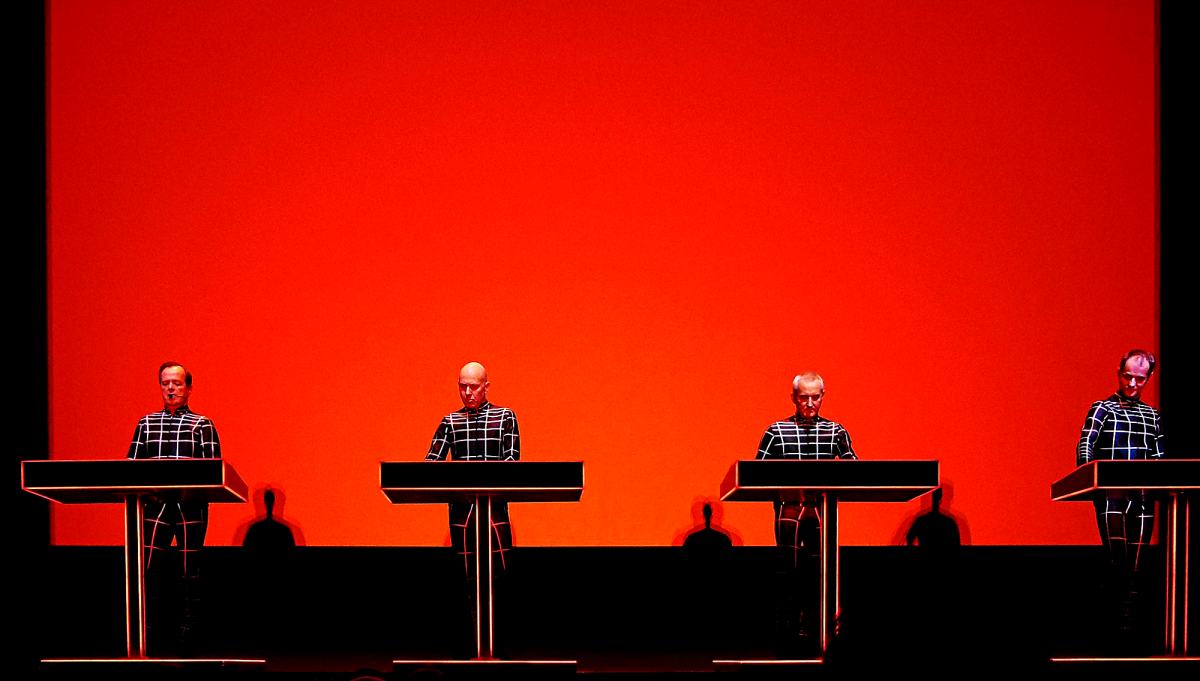Five Futuristic Technologies that Will One Day Change the World
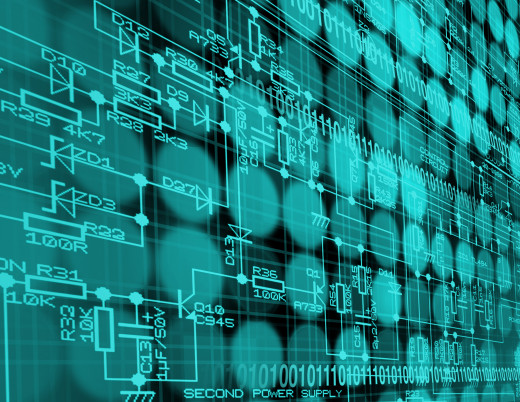
Today, technology provides a means by which people can interact with each other and the world around them with extreme speed, precision, and convenience. The advances in technology that many of us grew up with did not exist when our parents grew up. Societies of the past couldn’t dream of the kinds of technology that their descendants would one day be using.
Who new that one day we would have access to almost all of the knowledge of the world at an instant on a device that can be carried in our pockets? No one imagined that one day people would be able to communicate with others instantly no matter their location or the distance between them. And certainly no society thought that things such as nanotechnology would ever exist. Despite many people’s ill predictions of the future, all of these things, and many more, did come to fruition.
So what does our future hold? What sorts of Gadgets and technological feats are waiting for our children and grandchildren? As we have briefly seen, no one really knows for sure, but that doesn’t stop me from making my own predictions. I believe that within the next 50 years we will see the rise of several new technologies including the five discussed below.
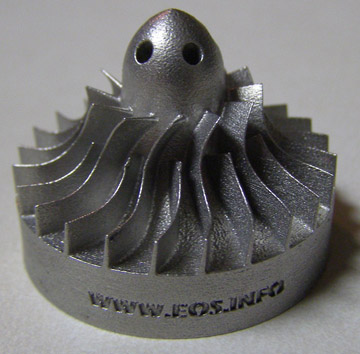
The Replicator
Wouldn't it be great to have anything you wanted or needed in a moment's notice? A replicator could solve this problem by providing you with new auto parts, gadgets, home items, or pretty much any other tangible object that you needed with the press of a button. Actually, these devices already exist - they're called 3D printers. They're not quite true replicators as this technology still has a long way to go to fulfill the materialistic dream of humanity.
For a little more than $1,300 you can purchase your own 3D printer for your home to make small toys and sculptures. These relatively inexpensive printers have limited functionality but are great for home brew manufacturing and prototyping. The industrial 3d printers currently have the ability to churn out large objects in a matter of hours - complete with millions of colors, moving parts, and complex 3 dimensional structures.
Not unlike the microwaves and refrigerators that we see in every home across the country today, replicators will one day find a place in every American home. These devices will be inexpensive, fast, and easy to operate. I imagine that one day instead of going to the store to buy something you could just print it out home. Perhaps instead of actually buying things you could purchase electronic plans to use at home. Software to design and print new products will also become standard programs on our smart-phones, tablets, and computers.
"Paint-able" Screens and Displays
One day in the future you will have the ability to "paint" a computer or television screen on any hard surface. Have an empty wall or a boring ceiling? Well, "paint" a screen on it. We actually aren't too far off from this technology. Large scale flexible and ultra thing OLED screens already exist. In fact, in early 2010 LG announced that they developed a newspaper sized display. Now in 2012 LG has ambition plans to upsize and improve this technology to make a 60" version of this paper-thin flexible display. When this becomes a reality you can purchase several rolls of this product and paste them to your wall like wallpaper.
The next step of course is create a screen or display that can be "painted" on any surface. But guess what? Some already invented this too! In 2002 an international journal of science called Nature published an article called "Single-substrate Liquid Crystal Displays by Photo-Enforced Stratification." That sounds confusing but it essentially means that someone discovered a way to "paint" LCD screens on things. This technology, if further developed, could create TV's of unimaginable sizes, wallpaper that changes pattern and color, and even clothing that displays logos, advertising, and movies. Now if they could just make it respond to touch....
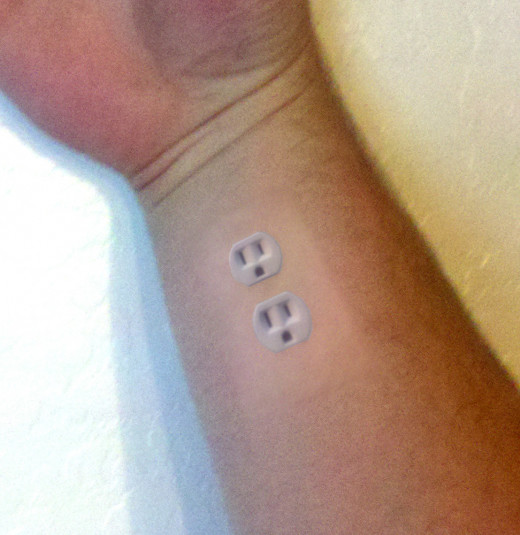
Free Energy - Sort Of
How nice would it be to charge all of our devices or even power an appliance or car without having to pay for power? Today, we create energy using a multitude of methods but have yet to tap the energy available in a human body. Did you know that each calorie in food is equivalent to roughly 1.163 watt-hours? That means that you could power a typical 60 watt light bulb for just over a minute on a single food calorie. A typical Hershey bar could power one for more than 4 hours. Do you see where I'm going with this?
The human body is incredibly efficient at converting food into energy. When you combine this with an obese society and the availability of food, you have a recipe for a new form of energy. Specially designed connectors could be surgically implanted into your body creating an interface that allows for the transfer of electrons between it and the technology of our future. Connecting your body to devices that consume energy could one day be a great way to eliminate the obesity epidemic and solve the energy crisis at the same time.
Disinfecting Doorways
Pretty much everyone knows that airplanes are an invariable melting pot of disease and infection. It is a fact that the airline industry contributes heavily to the spread of diseases around the world. But what if one day this problem could be solved by the use of disinfecting doorways? Imagine an entryway installed on a plane that disinfects anything that passes through it? Though this wouldn't cure people that were already sick, it could reduce the amount of bacteria found on and around them thus reducing the spread of infectious diseases.
This idea isn't really new. Entryway sanitizing systems already exist and are primarily used in the food service industry. However they aren't that easy to use, require loads of chemicals to function, and don't allow people to walk through them while they are working. One day a low or no maintenance doorway disinfector will be developed that will automatically eradicate latent bacteria that pass through it.

The End of Hunger - Instant Food
What exactly is food? Food is simply a collection of chemicals specially arranged into a structure that is both edible and nutritious. The main components of food are Carbon, Oxygen, Hydrogen, Nitrogen, and select mixture of other trace elements. The interesting thing here is that most of the chemicals needed to make food are found floating abundantly in our air. The rest is found in the soil beneath our feet. Water can already be created from the air (sort of), so why not food? Since these elements are so common, it's conceivable that a device could made to create food from the items found in nature.
Imagine that one day in the future you could press a few buttons on a machine and create just about any food item that you wish in a matter of minutes using only the air and dirt around you. The machine could take the elements found in nature and create the carbohydrate, protein, and fat compounds found in our food. It would probably work by using either nano-technology to build the food one atom at a time or by using a combination of precisely controlled chemical and physical processes that take place inside of a chamber inside of the device.

